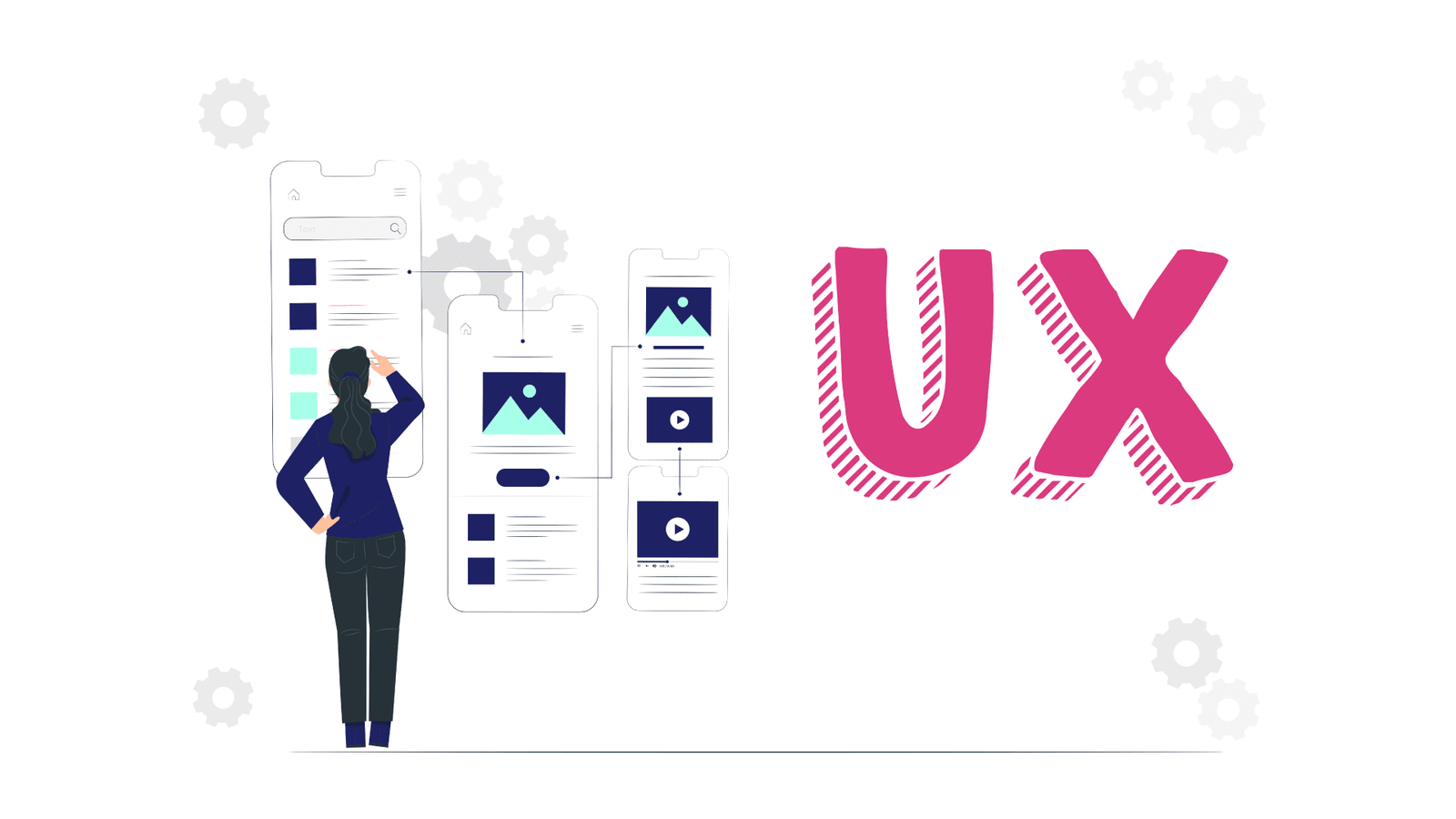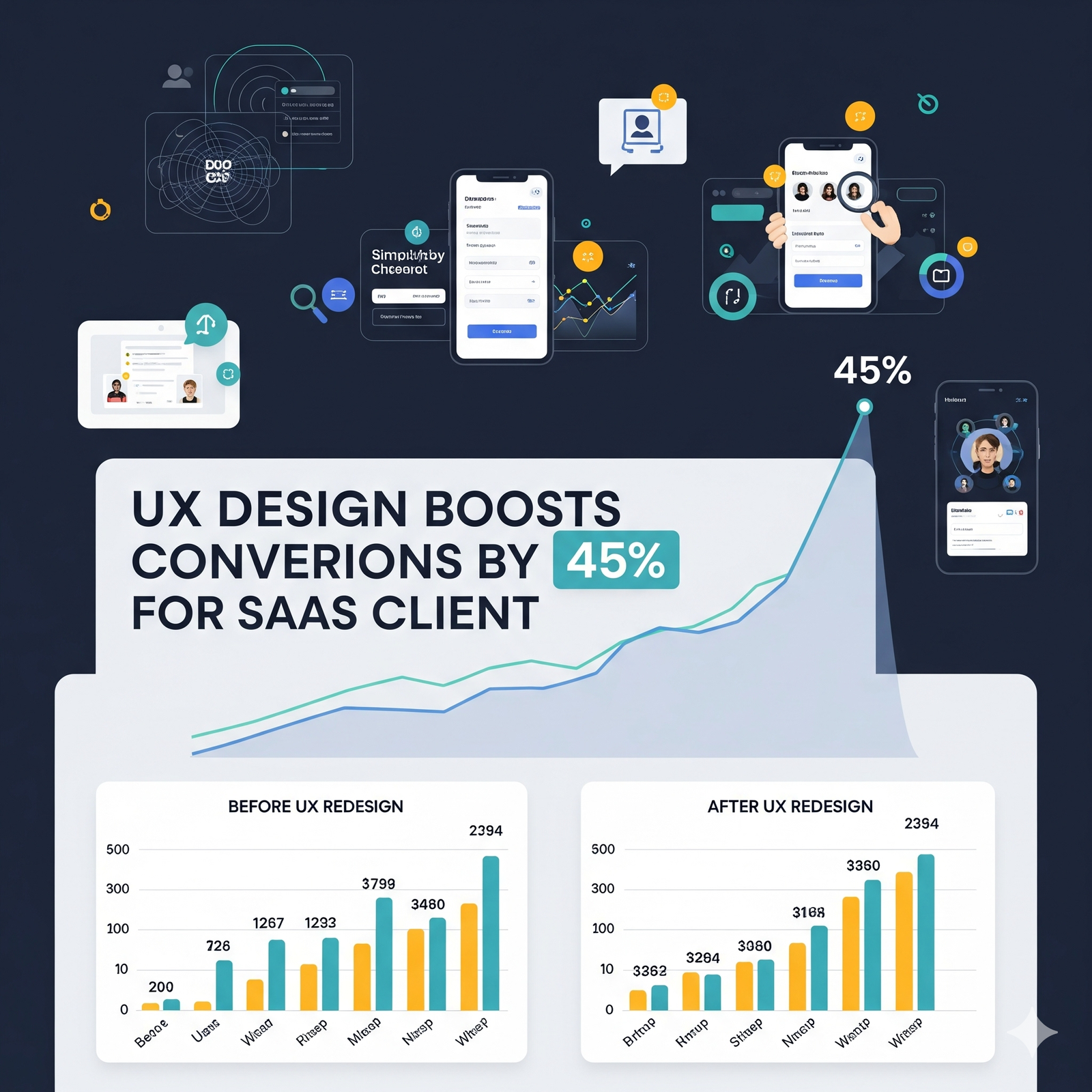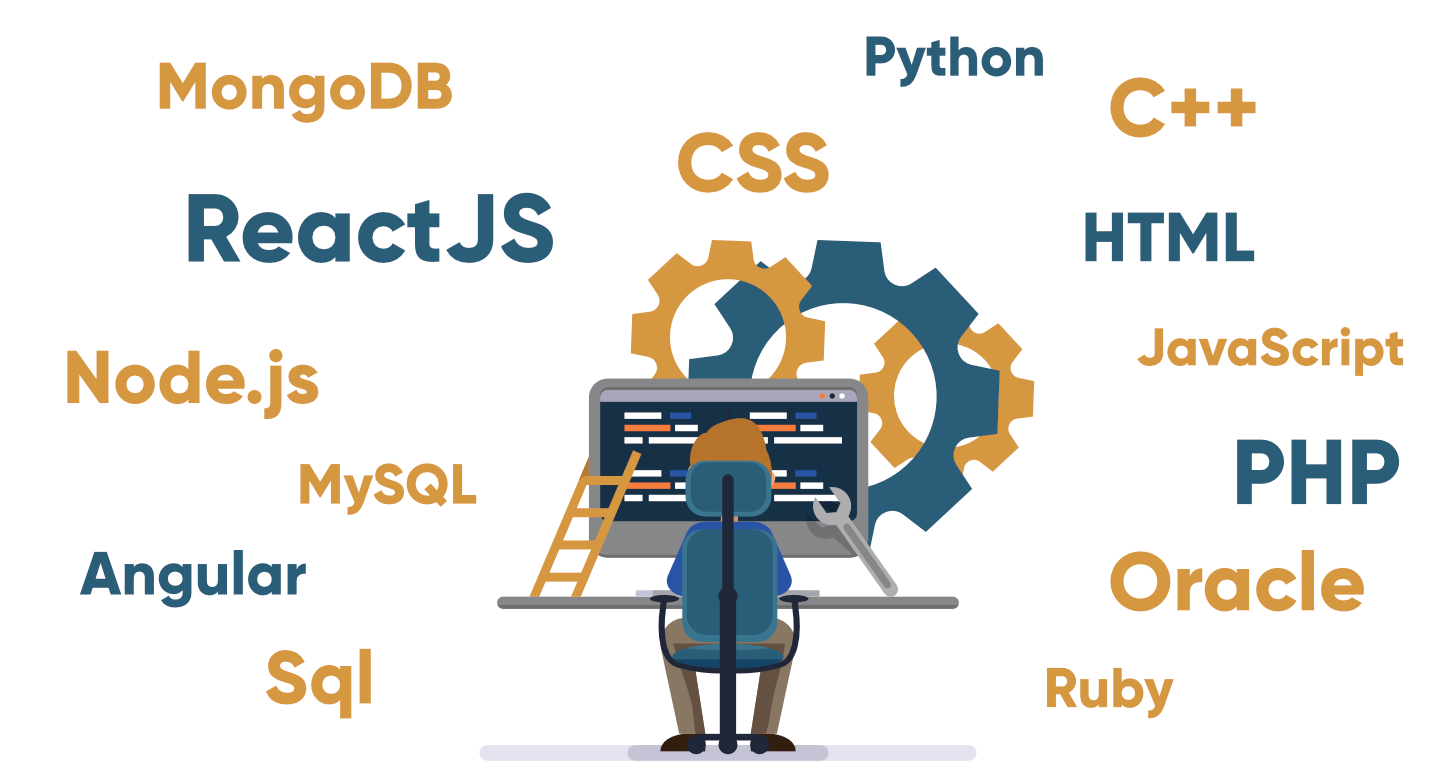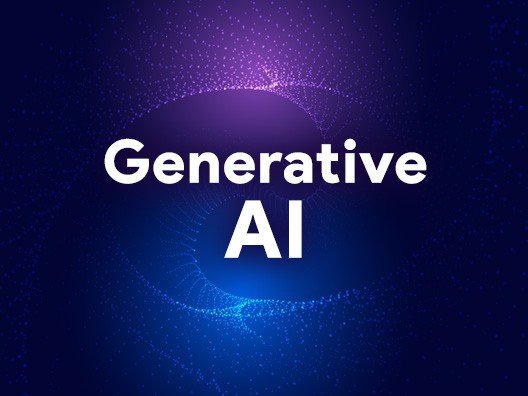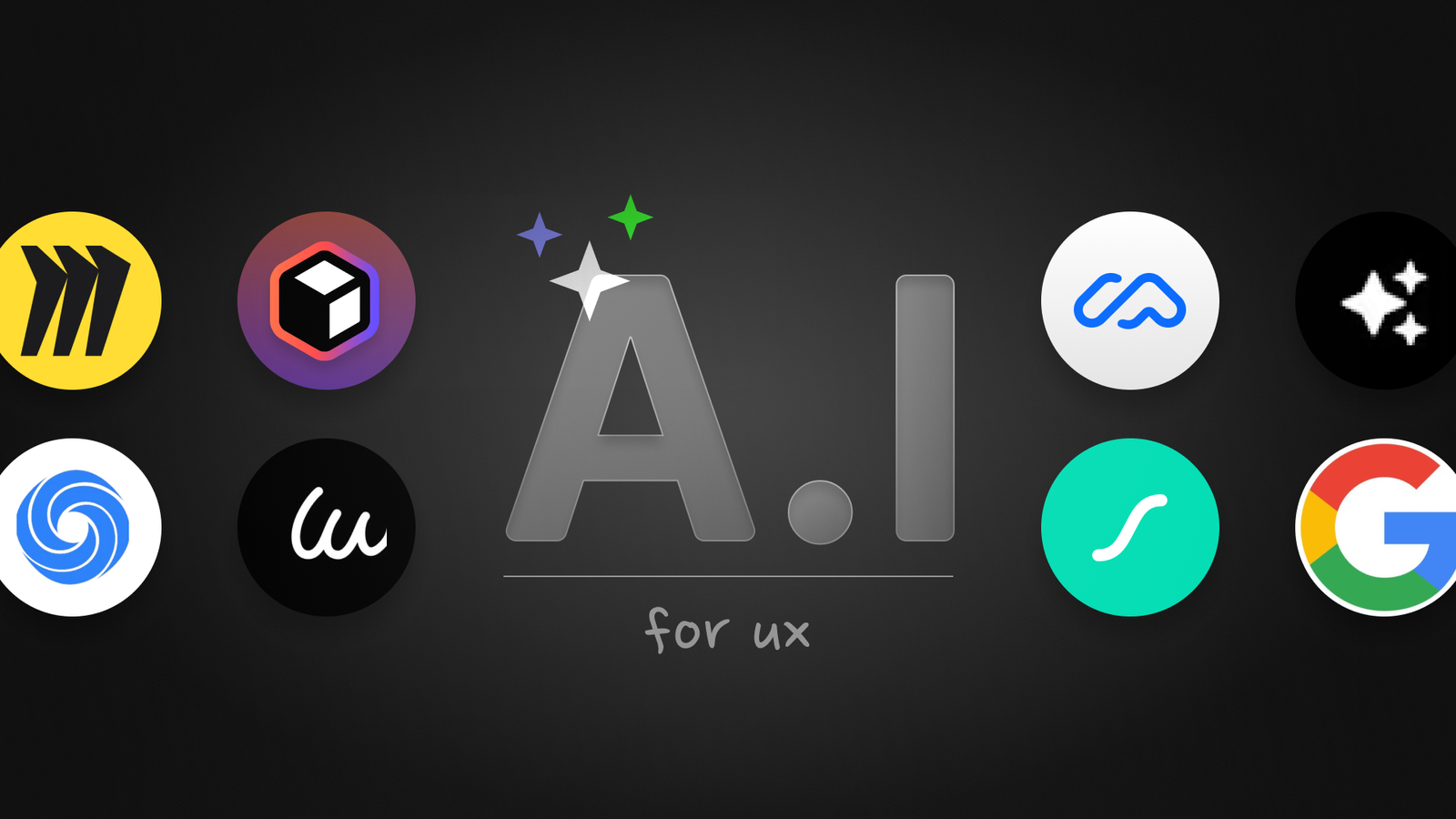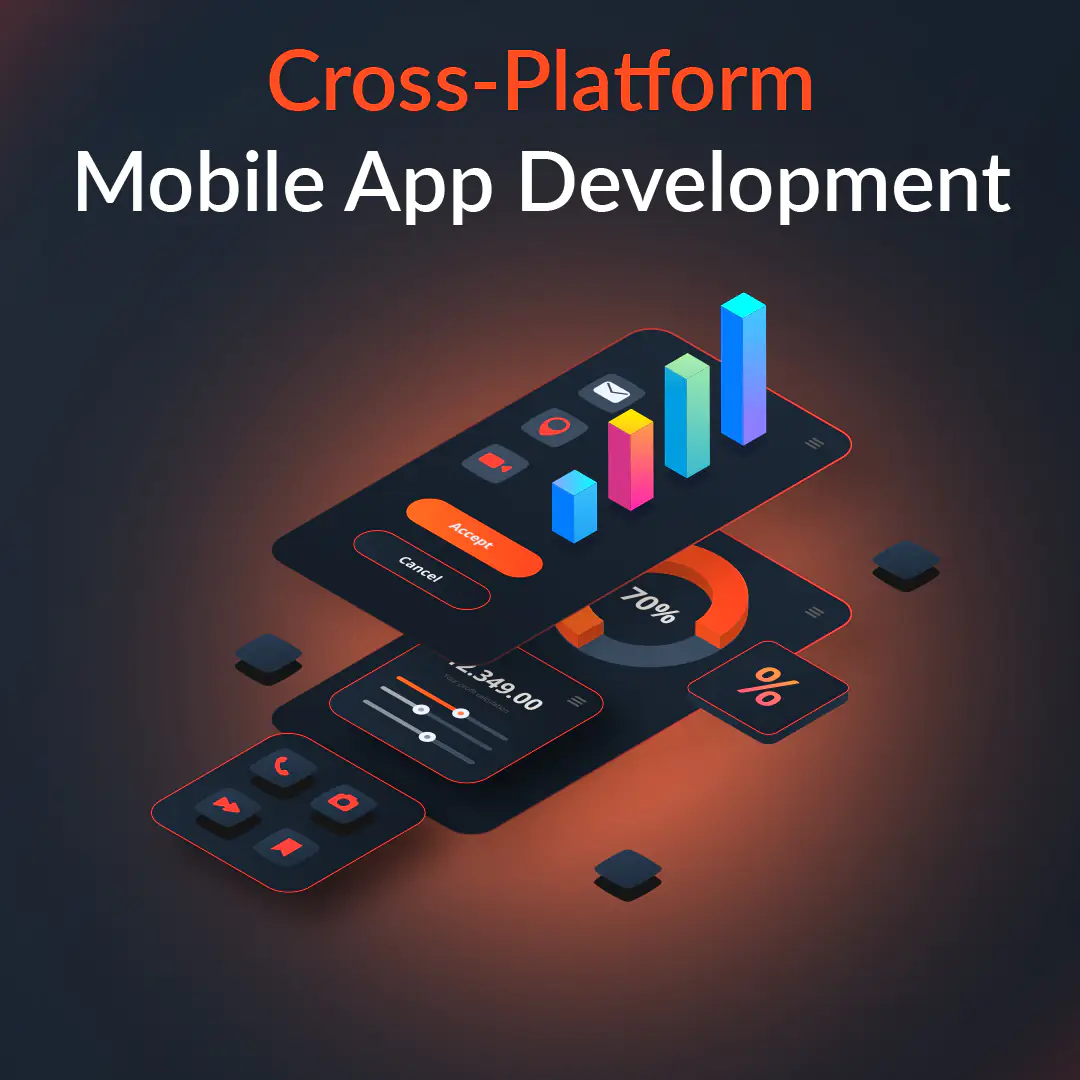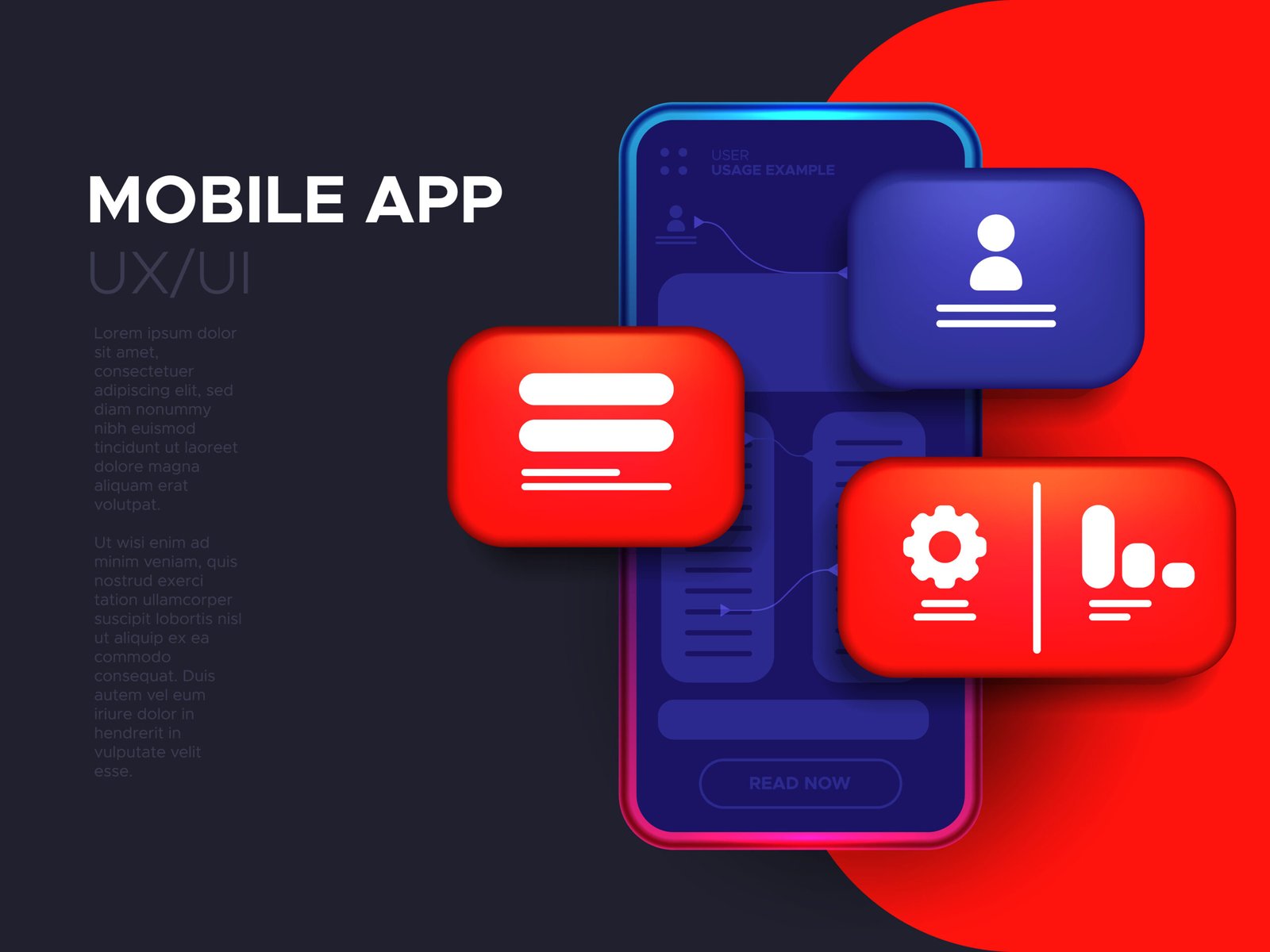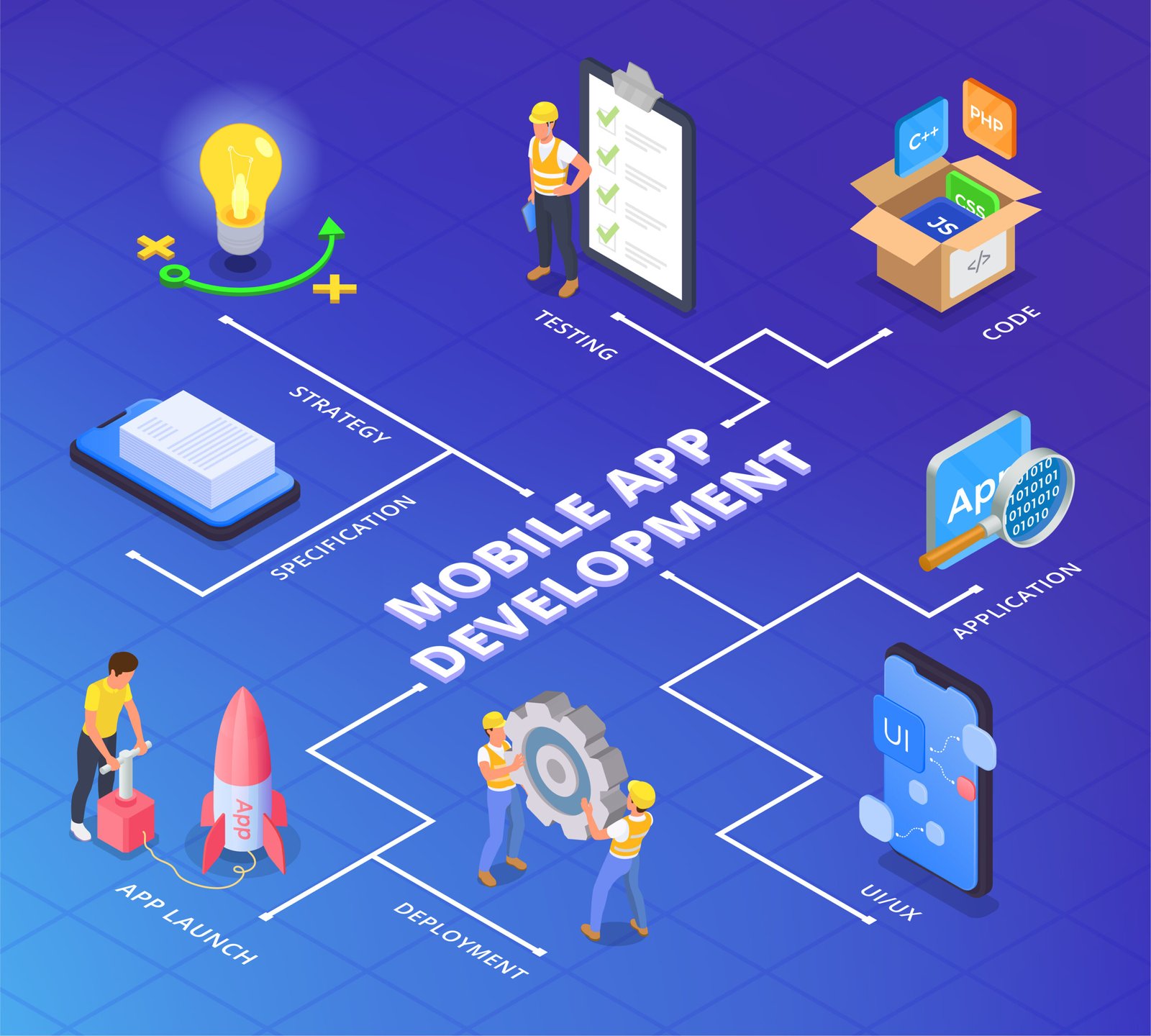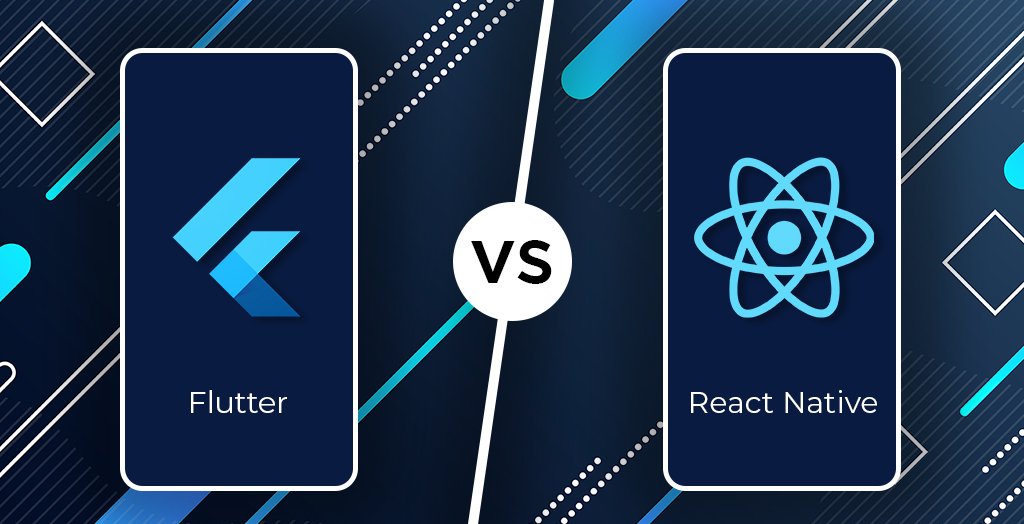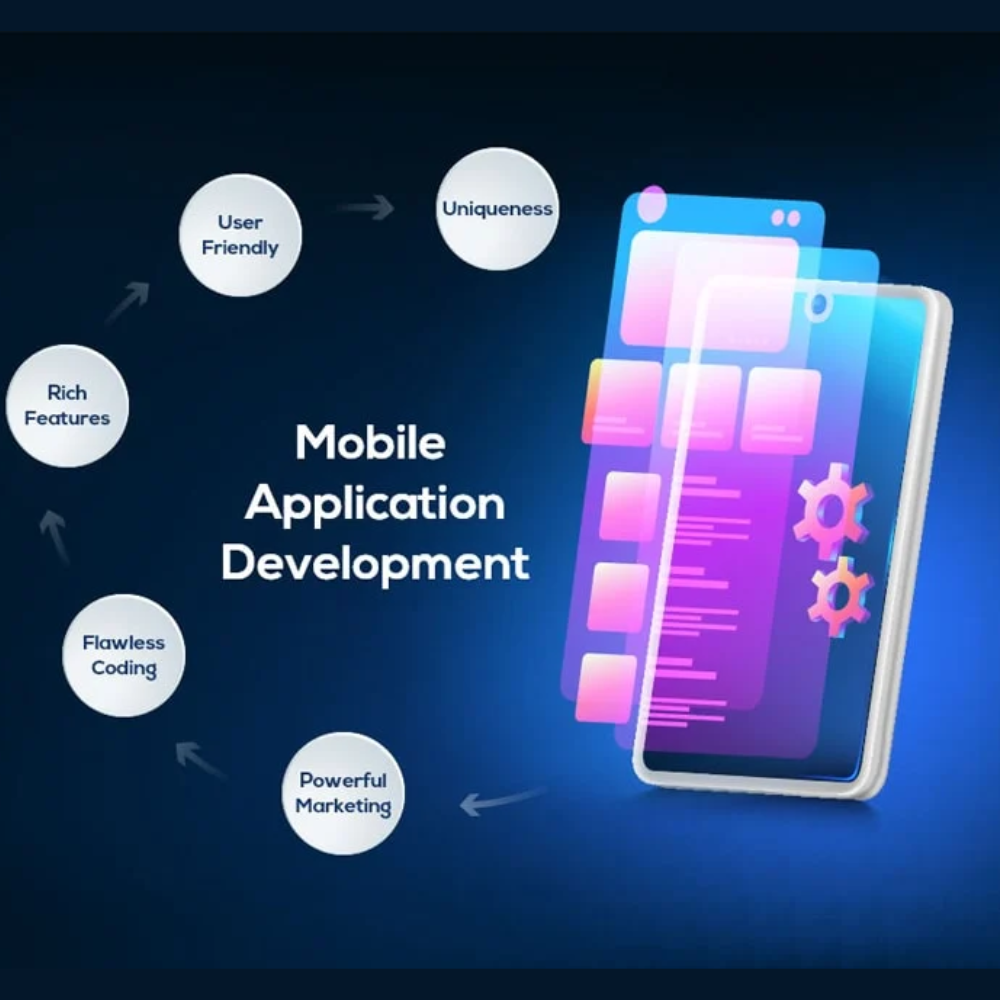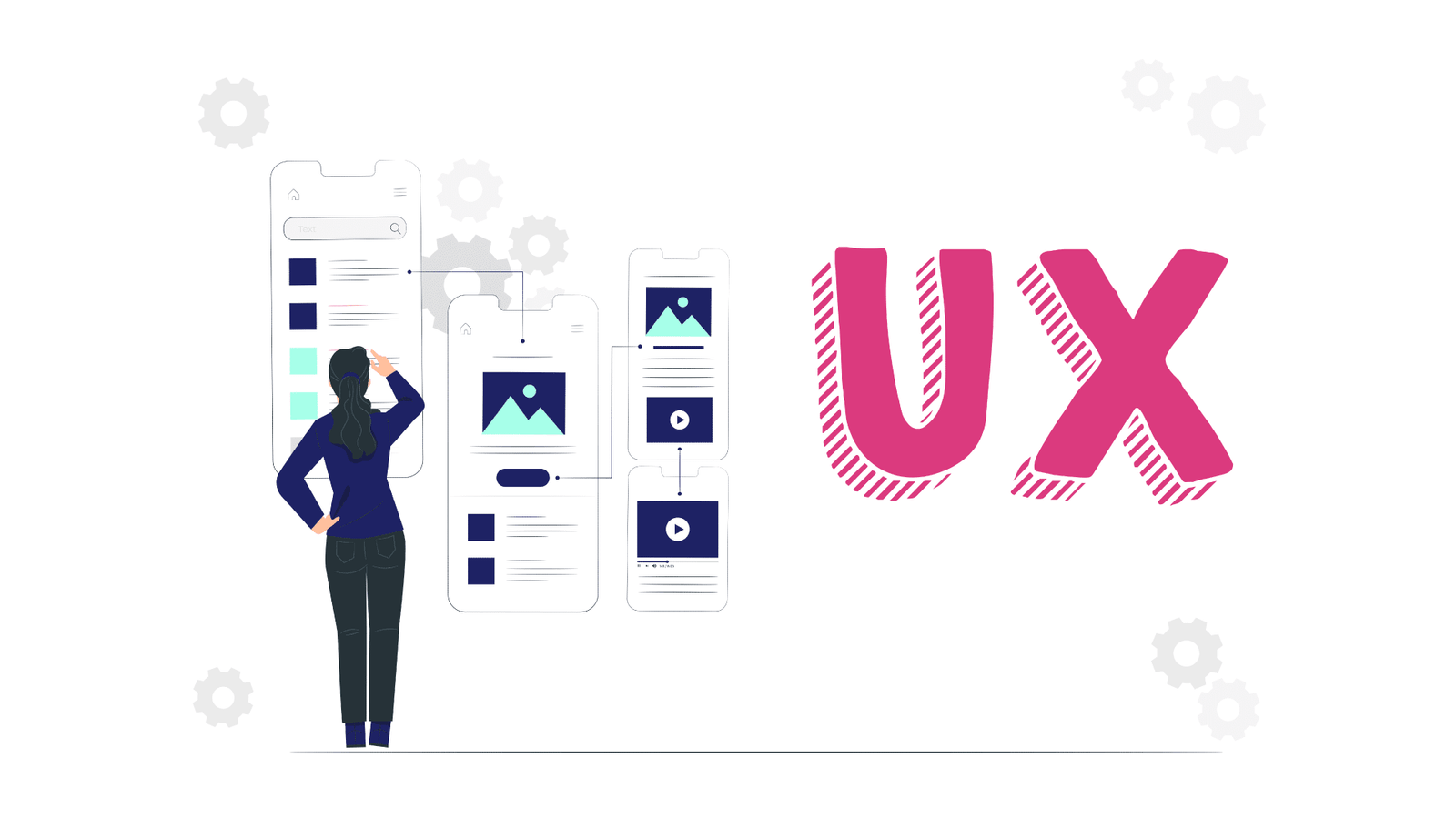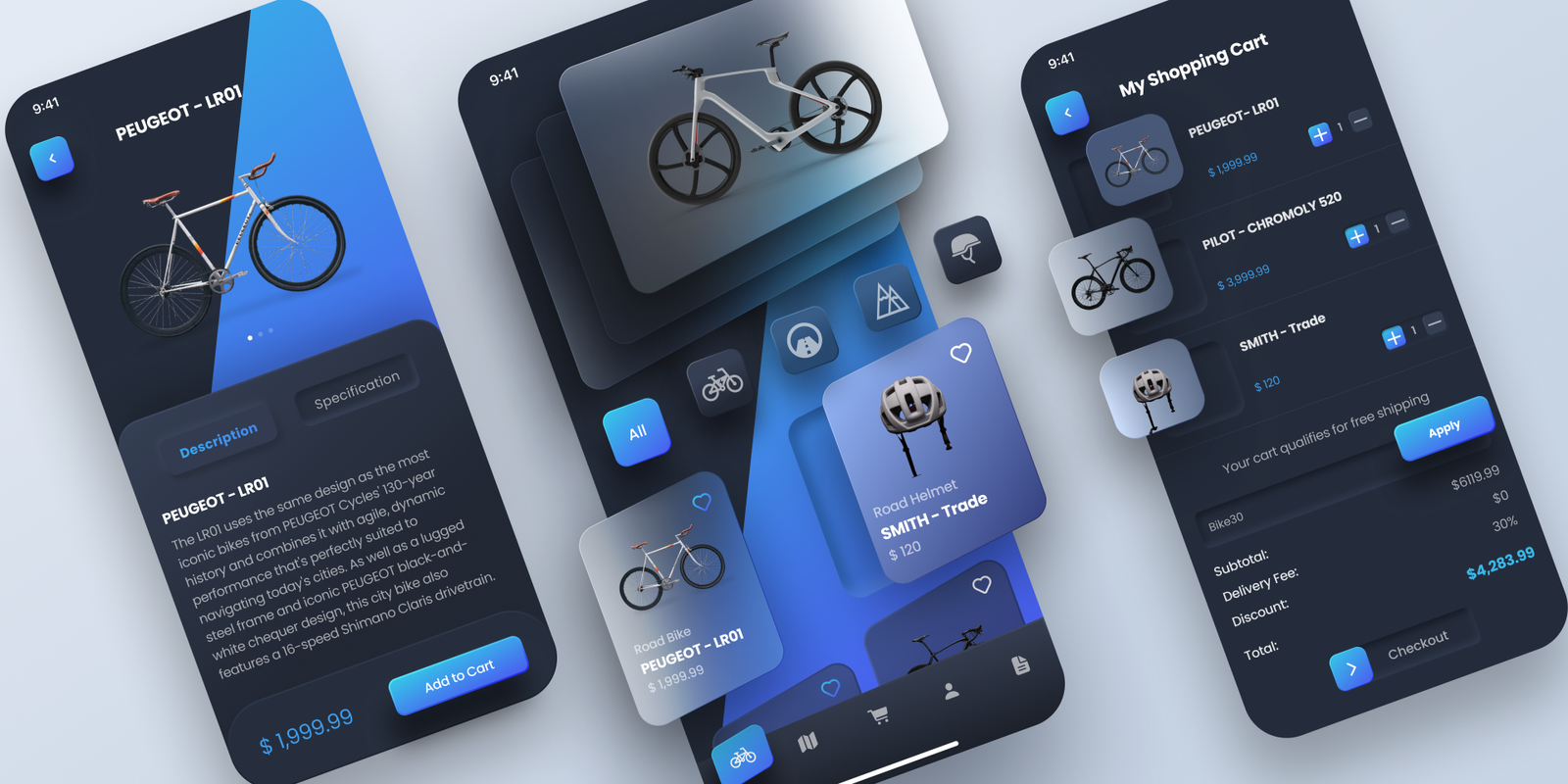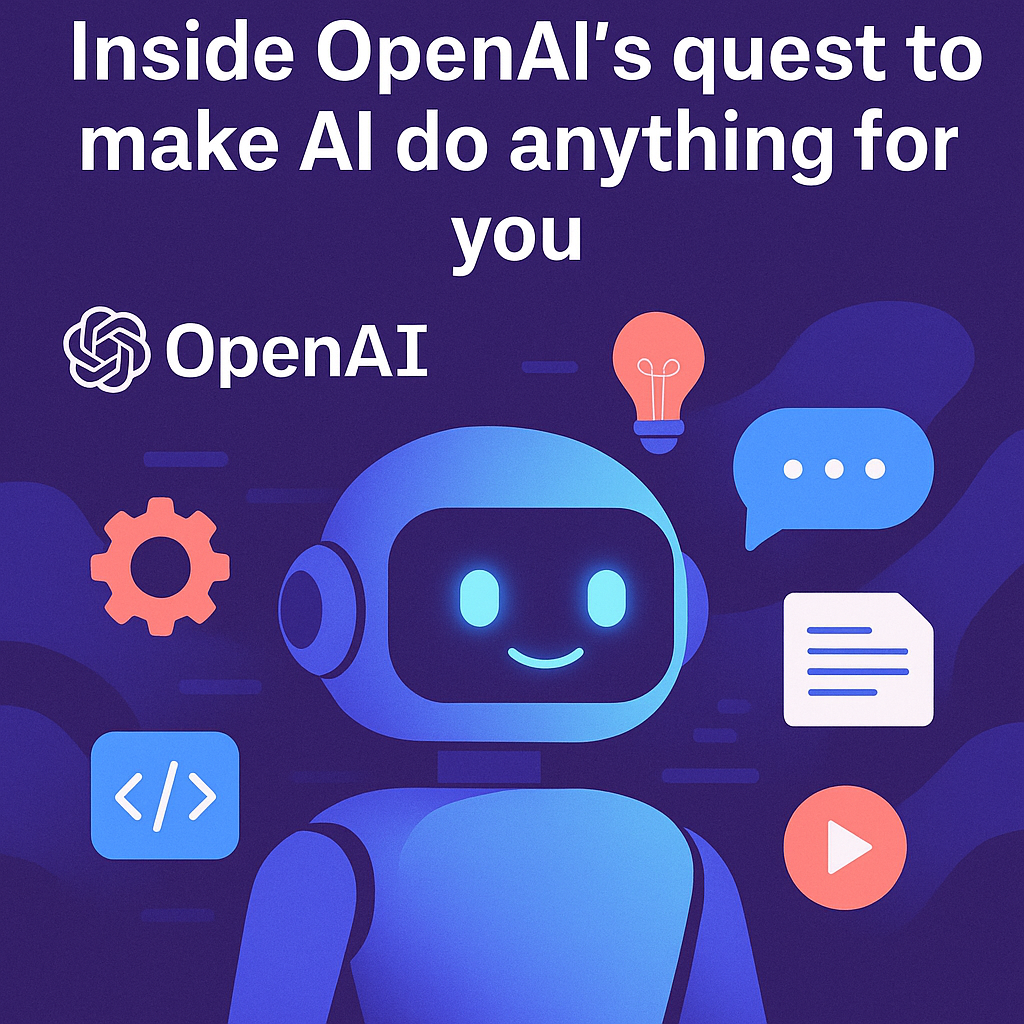Artificial Intelligence (AI) has transformed how businesses interact with customers and manage operations. One of the most practical and impactful applications of AI today is the AI chatbot. From automating customer support to driving sales and collecting data insights, chatbots have become an essential part of modern digital ecosystems. For businesses looking to integrate an AI chatbot into their applications, understanding the technical process, strategic benefits, and business implications is crucial. Let’s explore this in detail.
1. The Growing Importance of AI Chatbots in Business Applications

AI chatbots are more than just conversational interfaces; they are intelligent virtual assistants capable of understanding user intent, learning from interactions, and offering personalized responses. Businesses across industries such as healthcare, ecommerce, fintech, and education are leveraging AI chatbots to improve efficiency and customer engagement.
According to research, over 70 percent of customers now prefer self-service channels like chatbots for quick resolutions. This shift highlights the growing demand for instant, accessible communication. For businesses, this translates into lower operational costs, improved user satisfaction, and valuable insights into customer behavior.
2. Defining the Objective Behind Chatbot Integration
Before starting the integration process, businesses must have a clear objective. The role of the chatbot should align with the overall business goals. For example, an ecommerce business might integrate a chatbot to recommend products or handle order inquiries, while a healthcare app might use it for appointment booking or symptom checking.
The purpose defines the chatbot’s tone, level of intelligence, and integration depth. A support chatbot may need access to your CRM, while a sales chatbot might connect with inventory and payment systems. Therefore, defining the scope early ensures the chatbot delivers measurable value instead of becoming an unnecessary add-on.
3. Choosing the Right AI Chatbot Technology
The technology stack behind your chatbot determines its capabilities and scalability. There are several options depending on your requirements.
Pre-built chatbot platforms like Dialogflow, Microsoft Bot Framework, and IBM Watson Assistant offer ready-made conversational frameworks that can be customized with your data.
If you need more control and unique functionality, you can build a custom chatbot using APIs like OpenAI GPT, Rasa, or Botpress. These provide flexibility in language understanding and integration with enterprise systems.
When choosing a platform, consider factors like integration ease, language support, data privacy, and cost scalability. Businesses should also evaluate whether they need a rule-based chatbot for simple workflows or an AI-powered conversational bot for contextual and dynamic responses.
4. Preparing Your Application for Chatbot Integration
Before embedding a chatbot, it’s important to ensure that your application is technically ready. The backend should be capable of handling API calls, storing interaction logs, and fetching data in real time.
Additionally, your application must have a secure and structured database to store user queries, preferences, and chat history. This data not only powers future improvements through machine learning but also enhances personalization. Security protocols such as data encryption, authentication tokens, and GDPR compliance must be in place to protect sensitive information.
5. Integration Process – Step by Step
Integrating an AI chatbot into your application involves several technical and strategic steps. Each stage plays a vital role in ensuring that the chatbot works efficiently and aligns with your business objectives.
Step 1: Define User Flows and Use Cases
Start by mapping the user journey. Identify points where a chatbot can add value such as onboarding, product recommendations, or support queries. Designing these flows helps in creating natural, context-aware conversations.
Step 2: Develop and Configure the Chatbot
Once the use cases are defined, the chatbot needs to be built or configured on the selected platform. Developers integrate natural language processing modules to understand user input and intent. AI models are trained using relevant datasets to improve accuracy and tone.
Step 3: Connect via APIs or SDKs
The chatbot communicates with your application through RESTful APIs or SDKs. This allows it to pull and push data between your backend systems such as CRM, ERP, or payment gateways. Proper API documentation and version control ensure smooth integration and minimal downtime.
Step 4: Testing and Optimization
Testing is one of the most critical stages. The chatbot should be tested under various scenarios including different accents, languages, slang, and context changes. A/B testing can also help compare performance metrics and improve response accuracy. Regular updates and model training based on real conversations keep the chatbot efficient and relevant.
6. Business Benefits of AI Chatbot Integration
From a business standpoint, integrating an AI chatbot is a strategic investment rather than just a technological enhancement. It can redefine customer experience and operational efficiency.
Enhanced Customer Engagement
Chatbots provide instant responses 24/7, keeping users engaged even outside business hours. This leads to improved retention and higher satisfaction rates.
Operational Cost Reduction
Automating repetitive tasks reduces the dependency on large support teams, saving up to 30 to 40 percent in operational costs.
Data-Driven Decision Making
Chatbots collect user data and feedback that can be analyzed to identify customer preferences, pain points, and market trends.
Sales and Conversion Growth
By proactively suggesting products, offering discounts, and guiding customers through checkout, chatbots directly contribute to revenue growth.
Scalability and Consistency
Unlike human agents, chatbots can handle thousands of users simultaneously without delays or performance degradation.
7. Common Challenges and Their Solutions
Integrating an AI chatbot comes with challenges that need to be managed effectively.
One major challenge is inaccurate responses, which can frustrate users. This is usually due to limited training data or poor natural language processing modeling. Regularly updating the model with real conversation data helps overcome this issue. Another challenge is integration complexity, especially when connecting the chatbot to multiple enterprise systems. Collaborating with an experienced development team ensures seamless deployment and compatibility.
Data privacy is also a growing concern. Businesses must use secure hosting environments and comply with data regulations like GDPR or HIPAA, depending on the industry.
8. The Role of Professional Development Partners
While many chatbot platforms claim to offer plug and play solutions, the reality is that successful chatbot integration requires technical expertise, UX design understanding, and business alignment. This is where professional partners like UXDLAB come in.
UXDLAB specializes in AI chatbot development and integration, focusing on building intelligent conversational systems tailored to specific business needs. The team ensures that the chatbot not only fits into your existing application but also aligns with your brand voice, user behavior, and performance goals.
Integrating an AI chatbot into your application is no longer a futuristic concept; it’s a competitive necessity. Businesses that adopt conversational AI early are already witnessing better engagement, reduced costs, and data-driven growth. However, successful implementation requires clear objectives, robust technology, and continuous optimization.
Whether you want to automate customer service, improve user onboarding, or drive sales, an AI chatbot can transform your digital experience. Partnering with experts like UXDLAB ensures a smooth and strategic integration process that brings measurable business value.
























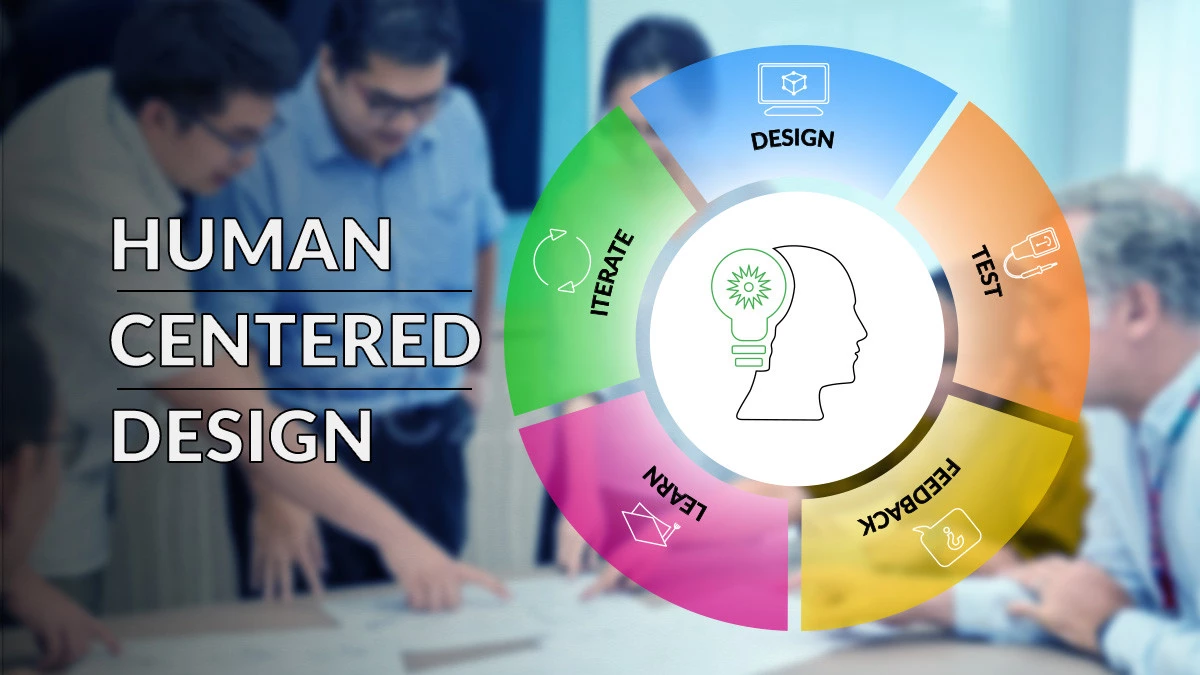

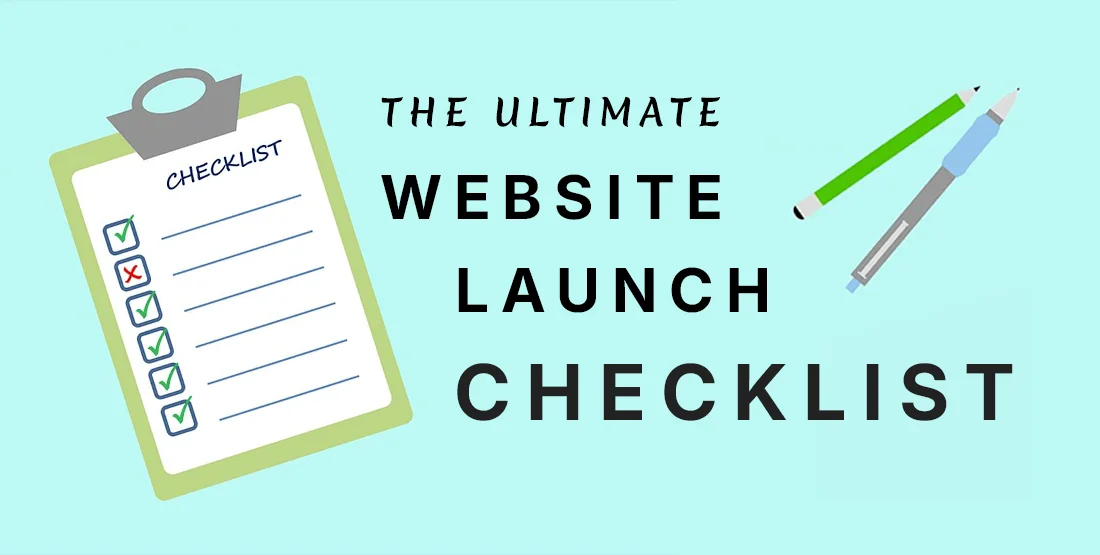
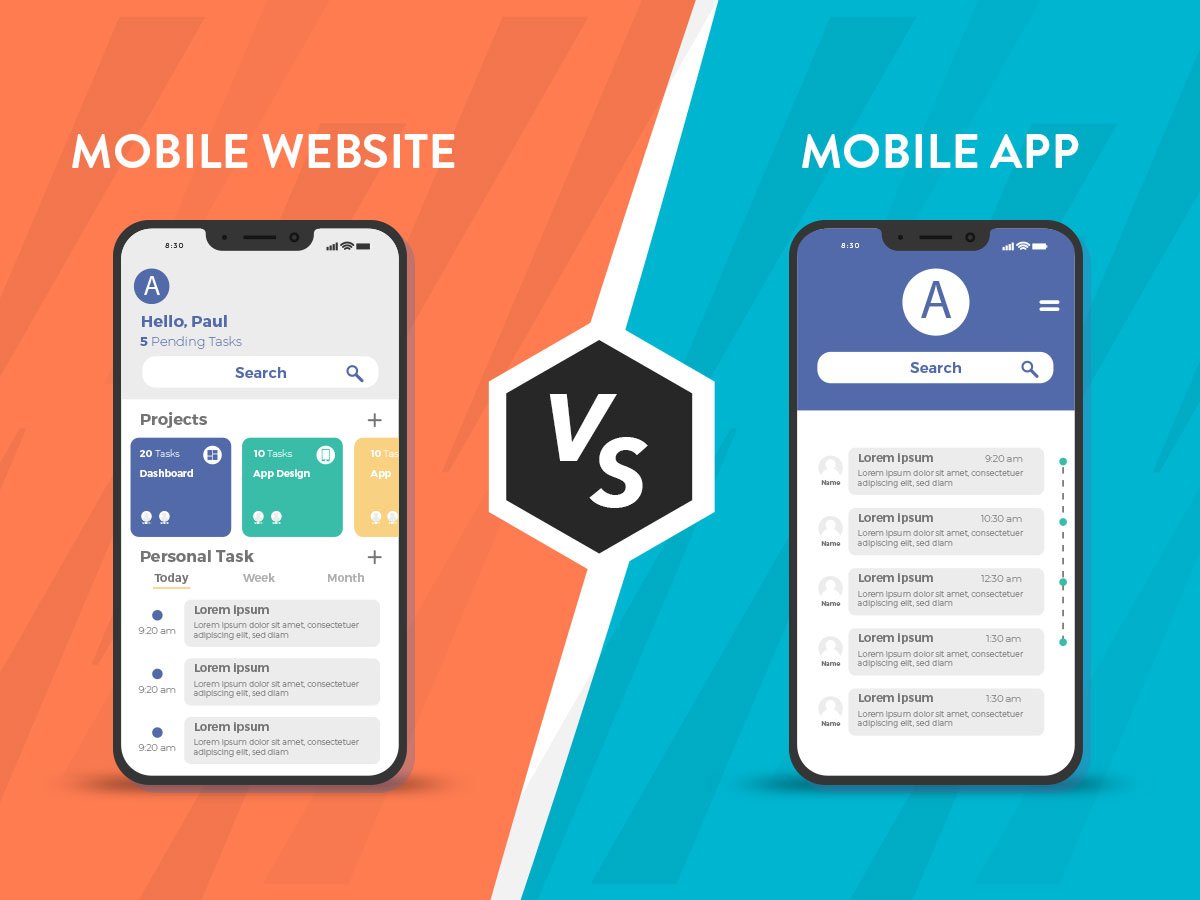

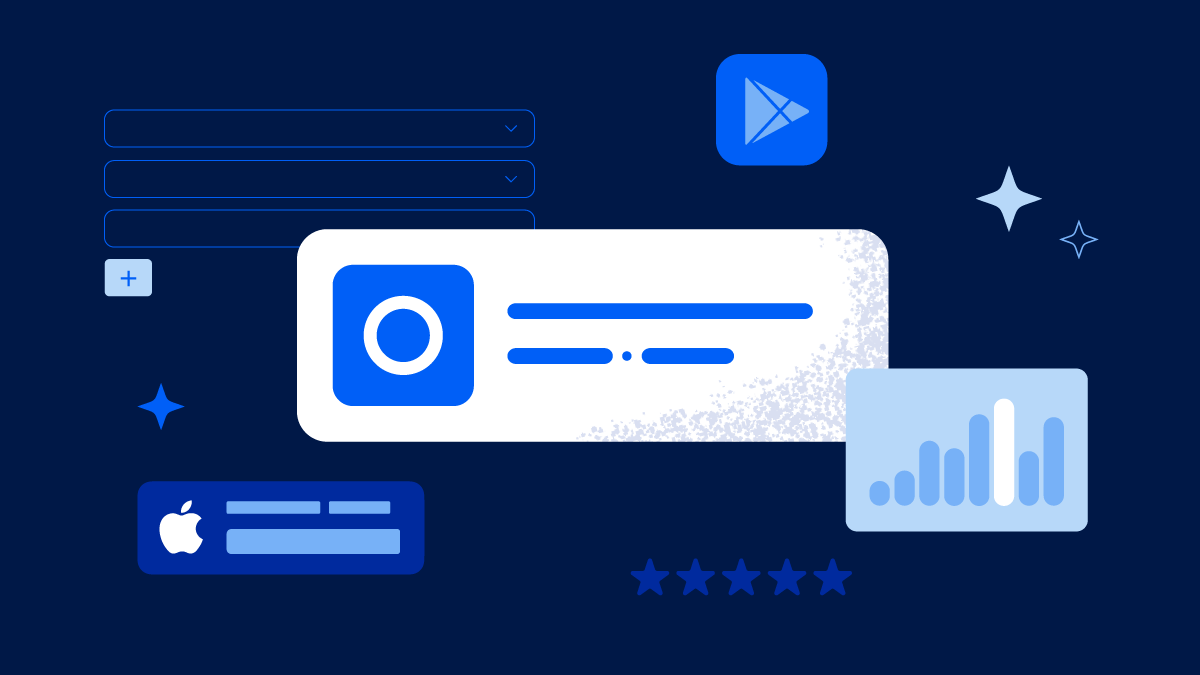
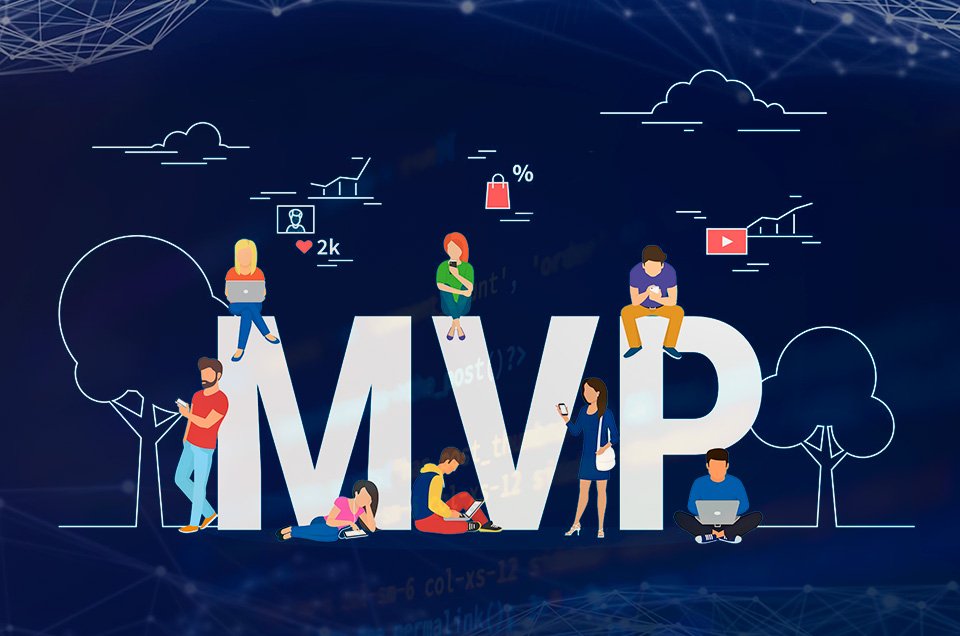


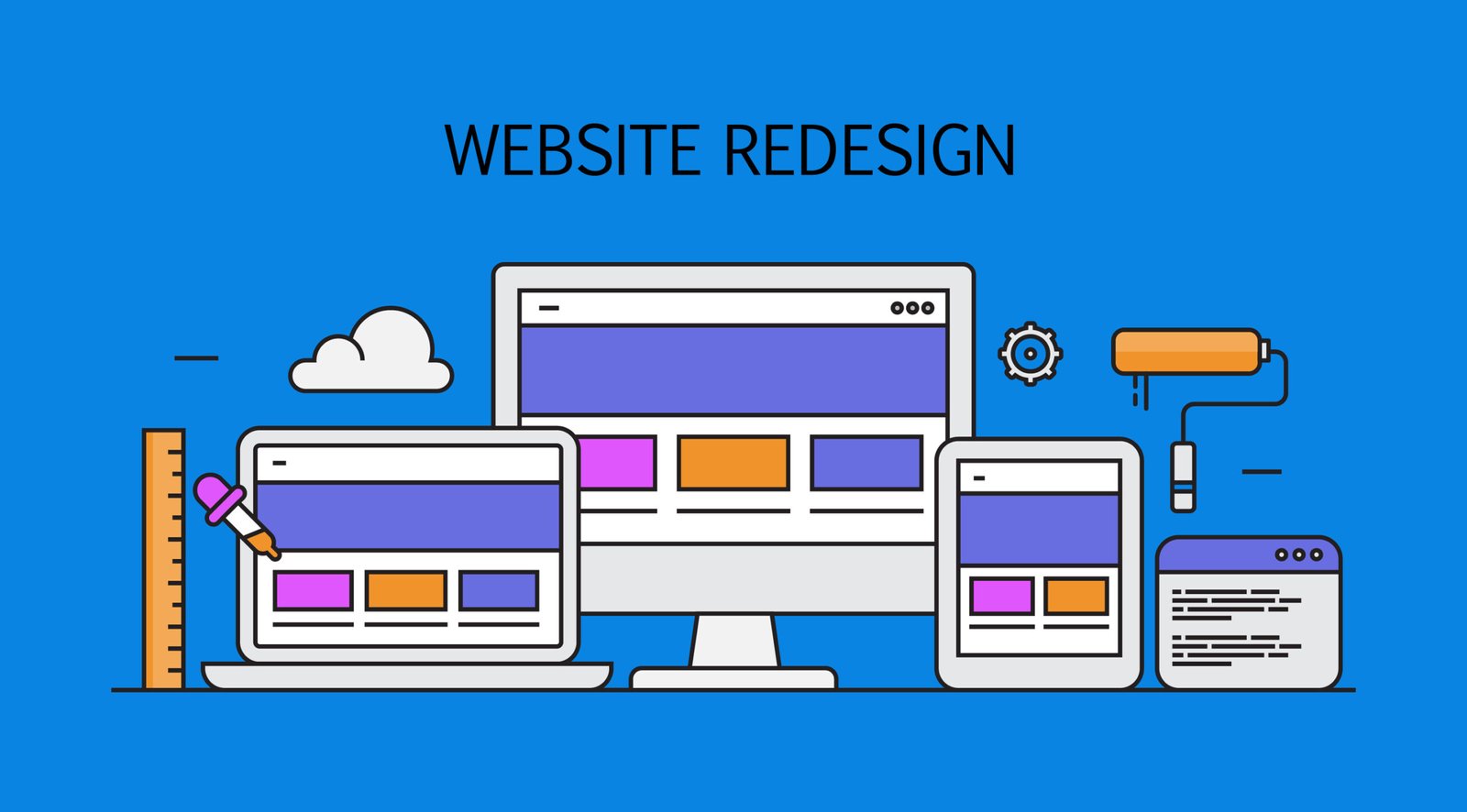

![Case Study: How We Helped [Client] Scale with a Custom Mobile App](https://uxdlab.com/wp-content/uploads/2025/08/case.png)


